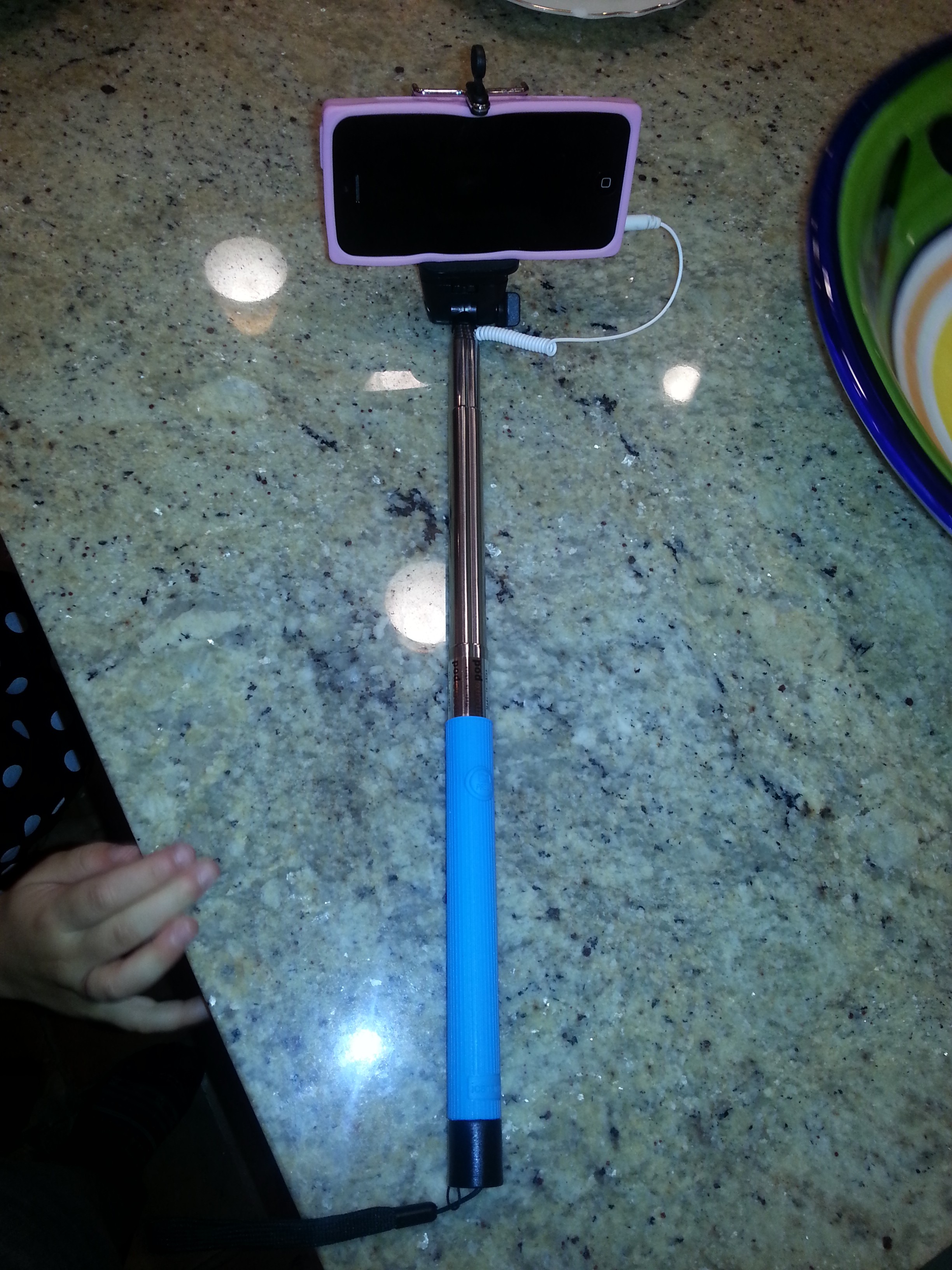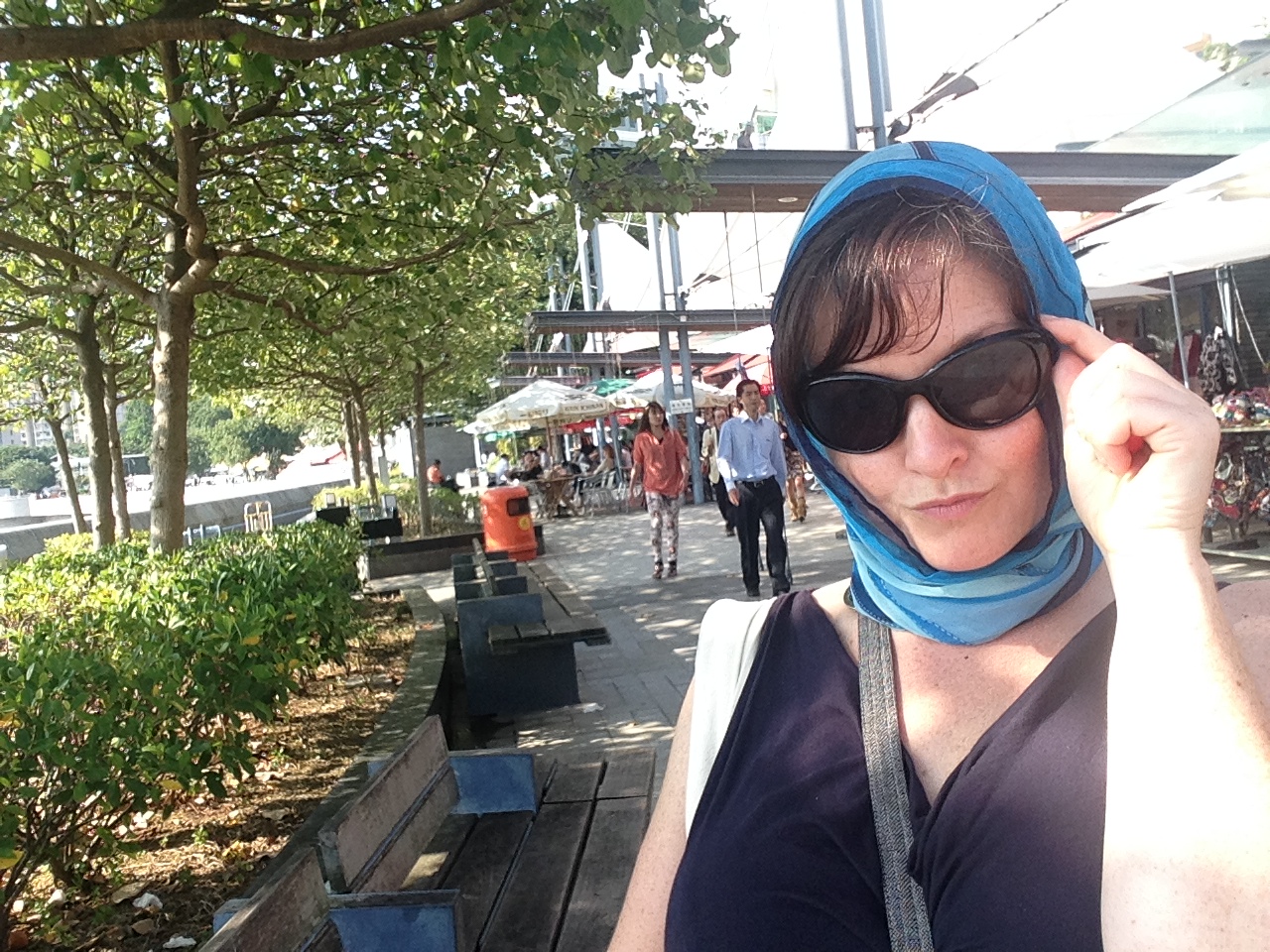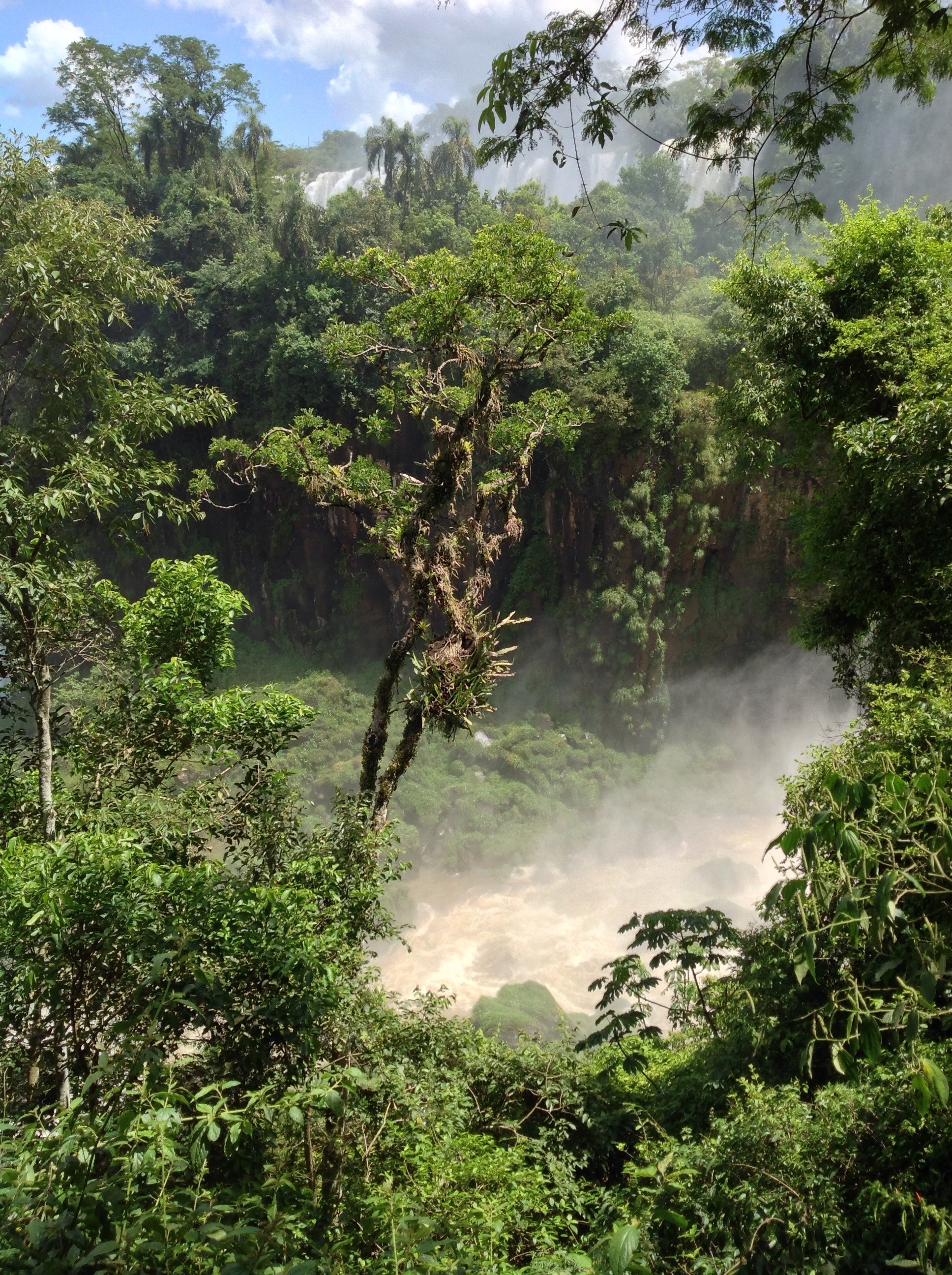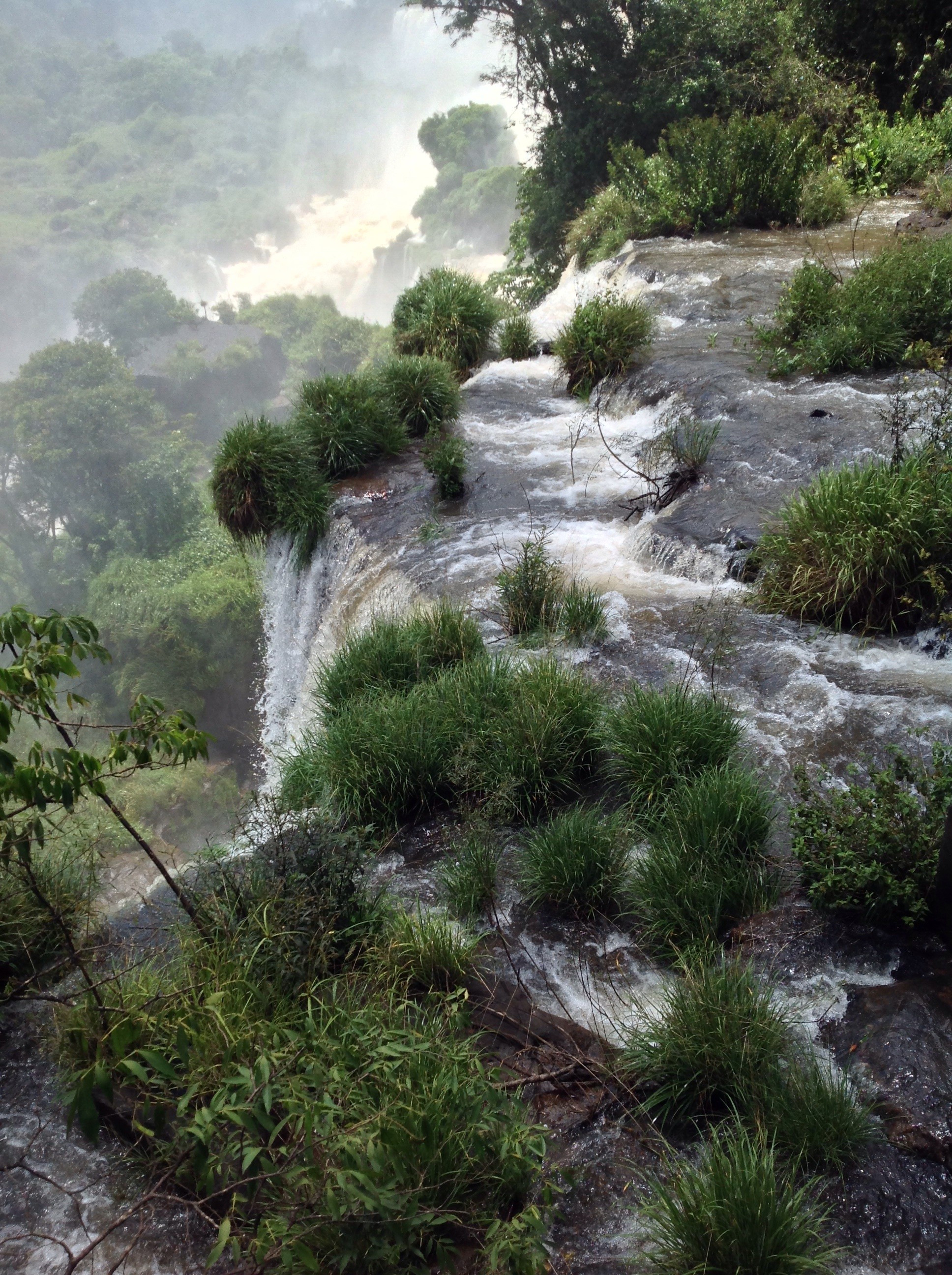A Selfie Stick may just be one of the hottest holiday gifts this year. Basically a selfie stick is a monopod (like a one-armed camera tripod) with a clamp at one end to attach a smartphone. The selfie stick can extend from 9″ – 42″. The stick enables selfie takers to get wider angles, more background scenery, and more people into the frame because the lens is not limited by the length of someone’s arm.

A selfie stick with an iPhone loaded into the clamp. This selfie stick uses a headphone jack to connect the phone with the buttons on the handle.
If the selfie stick is Blue-tooth enabled or comes with a headphone jack connecting the smartphone to the stick, like the one pictured above, taking the actual picture can be done with a button on the selfie stick handle. Some selfie sticks come with a remote-control option requiring two separate pieces, the selfie stick and remote control. A friend of mine just returned from Hong Kong with a selfie stick stashed in her luggage and was kind enough to donate a selfie-stick selfie. If you’re clever about how you hold the selfie stick, you can’t even tell it’s a selfie.
Although I rarely take selfies, I could appreciate the angles and views that can be captured with a selfie stick, all without the awkwardness of having to ask a complete stranger to take your picture. I always feel slightly paranoid asking a stranger because I’m nervous they’ll run off with my camera, and that definitely doesn’t make for a good picture.
I’m not a fan of the selfie, but I am fascinated by the selfie trend and what will come out of it. One article in the New York Post titled “Why the selfie stick is 2014’s most controversial gift” discusses different opinions about the selfie stick and the people who use them. It really didn’t seem controversial but some people think the stick is great because they can take great selfies, whereas other people think it fuels “self-obsession” and refer to them as “narcissticks.” Then there’s a whole craze of people taking selfies to surreptitiously capture people taking selfie-stick selfies in the background. Sounds like total selfie madness to me.









